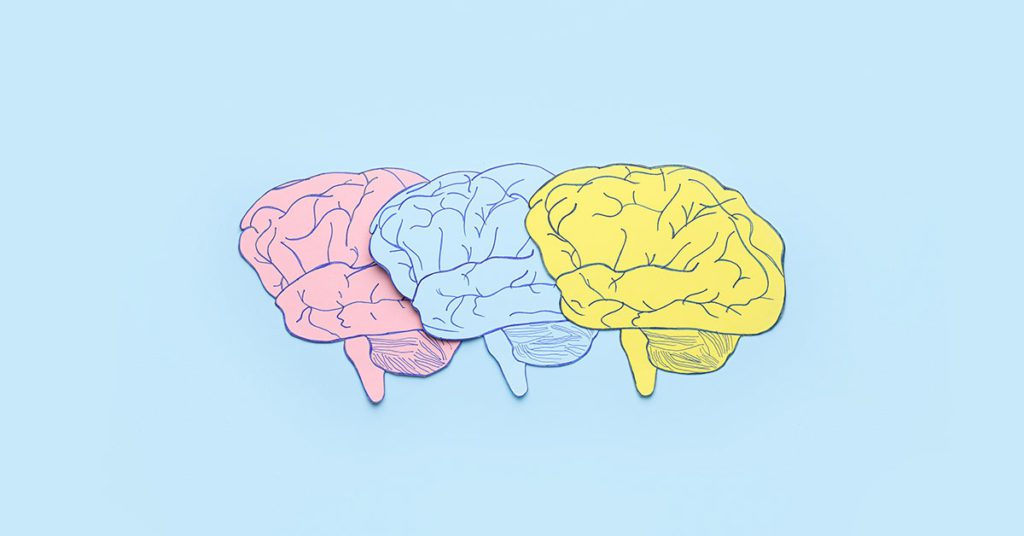People with acquired aphantasia do not have the ability to visualize images in their mind. Although it only affects a small percentage of the population, acquired aphantasia can create challenges for those who develop the condition. Do you or someone you know have acquired aphantasia? Continue reading to learn more about this condition and how it affects imagination and memory.
What Is Acquired Aphantasia?
Close your eyes and imagine yourself in your favorite summer vacation spot. What do you “see” in your mind? Maybe you picture the sun shining down and waves crashing on a sandy beach. Perhaps, you imagine sitting by a lakeside campfire roasting marshmallows under the moon.
When you visualize images in your mind, you use a brain function known as visual memory. But, not everyone can do it. An estimated 1-3% of the population cannot visualize any type of image, a condition known as aphantasia. They have an image-free imagination and cannot picture mental images.
Early descriptions of the condition first appeared in medical literature by Francis Galton in 1880. In his study, he asked participants to describe a scene of a morning breakfast table in terms of:
- Illumination. Does the image appear dim or fairly clear?
- Definition. Do the images appear well-defined?
- Colors. Do specific colors of each object appear?
His study observed that people have a wide spectrum of visual memory. In some cases, the participants had no visual memory at all.
Not until 2015 did scientists identify the condition. Adam Zeman, Professor of Cognitive and Behavioural Neurology at the University of Exeter, first defined the term aphantasia as “reduced or absent voluntary imagery.”
Like most conditions, aphantasia exists on a spectrum. Some people can lightly visualize images in their brains. Others have a complete loss of voluntary imagery. People with acquired aphantasia may also experience non-voluntary images in flashes while dreaming.
Aphantasia comes in different forms and does not affect everyone the same way. Acquired aphantasia usually results after a brain injury or periods of mental illness, such as depression or psychosis. Unlike congenital aphantasia, which begins at birth, acquired aphantasia happens to someone who previously had the ability to produce voluntary mental images and no longer can.
So what does it feel like to develop acquired aphantasia? In a case report, a 63-year-old man visited the hospital for refractory multiple myeloma—a cancer that affects a type of white blood that fights infections.
Nine days later, after complications in treatment, he began to experience acquired aphantasia. When he closed his eyes to think about a recent meal or mentally practice his golf swing, he could only picture darkness. In his six-month follow-up appointment, he reported only mild improvement in the acquired aphantasia.
How Does Acquired Aphantasia Impact Everyday Life?
The inability to picture mental imagery can create a number of challenges. Acquired aphantasia can make it difficult to recall familiar faces or places. It can also interrupt imagination and creative processes, like daydreaming or making art.
Scientists are still learning more about aphantasia and its effect on memory. Someone may have difficulty, for example, trying to remember their wedding day or picture the faces of loved ones.
It still remains unclear whether doctors can treat acquired aphantasia, and scientists have yet to identify which areas of the brain are affected by the condition. Promising studies suggest the potential to one day treat conditions that affect the brain like acquired aphantasia. If you have trouble with visual memory, speak to a doctor who can provide medical advice on the next steps.
Related reading:





